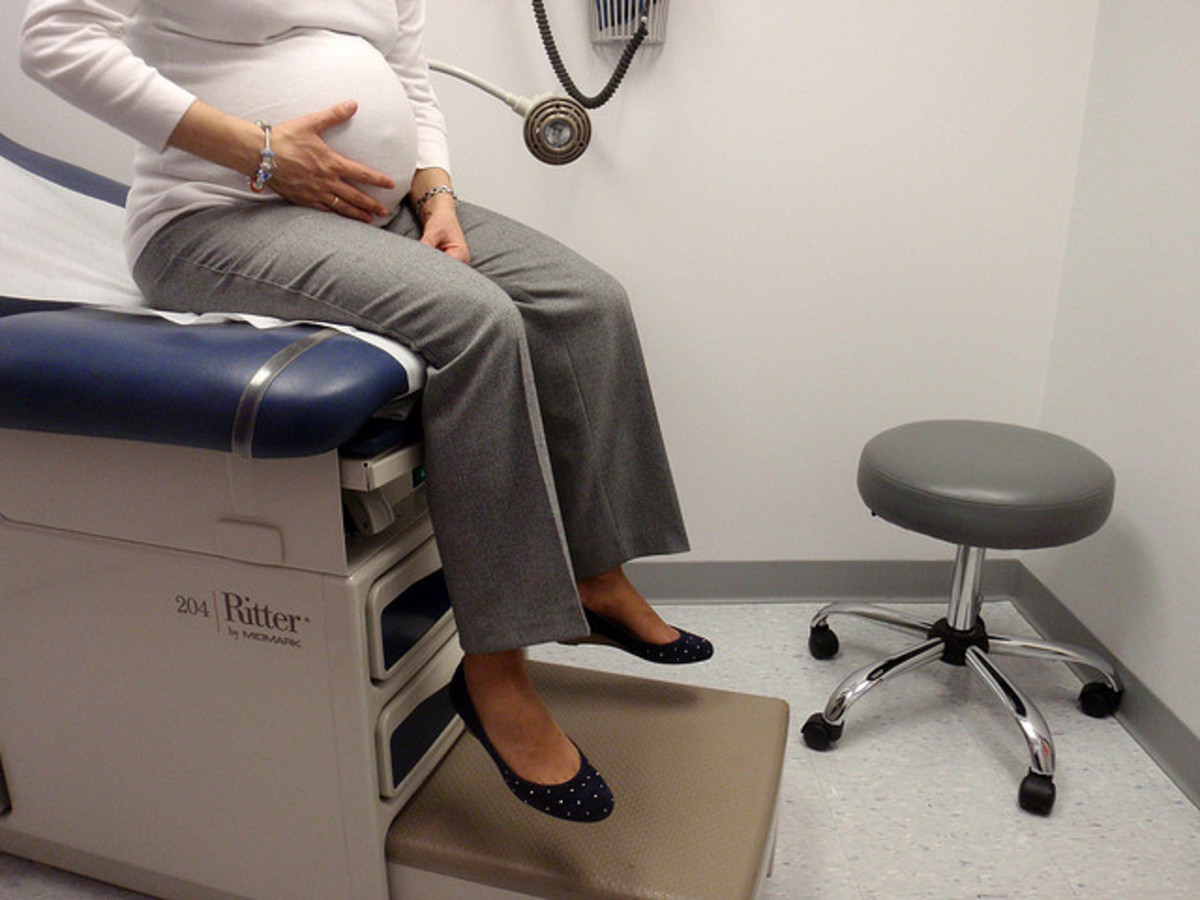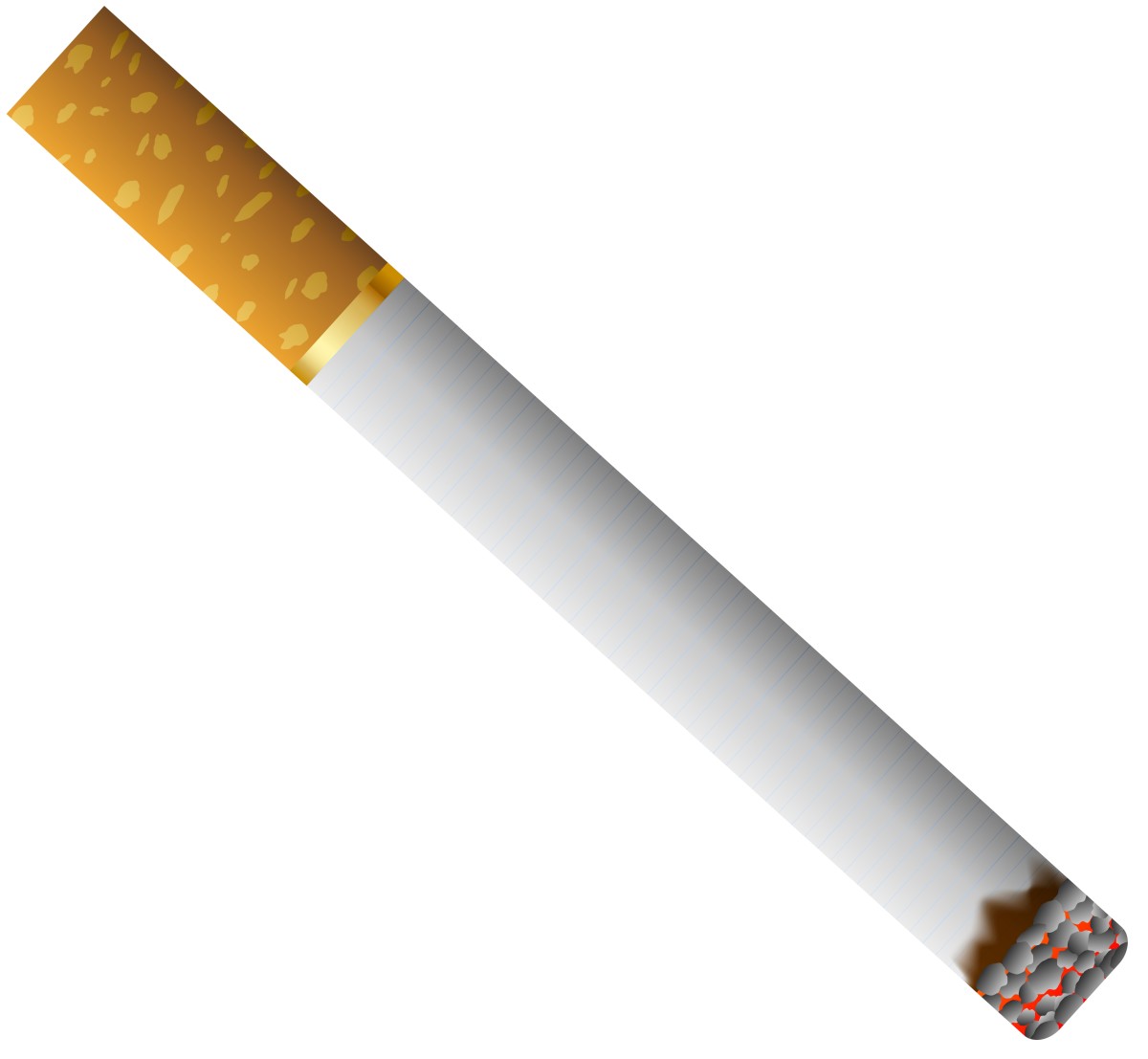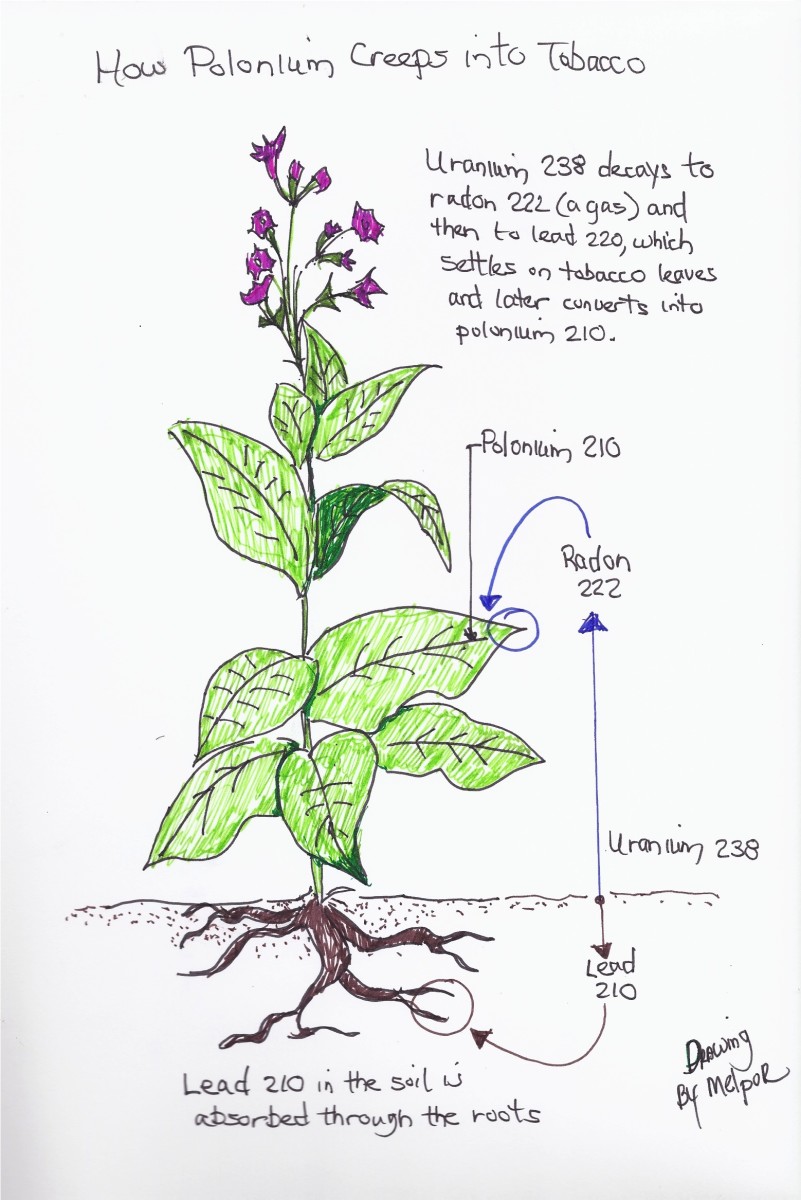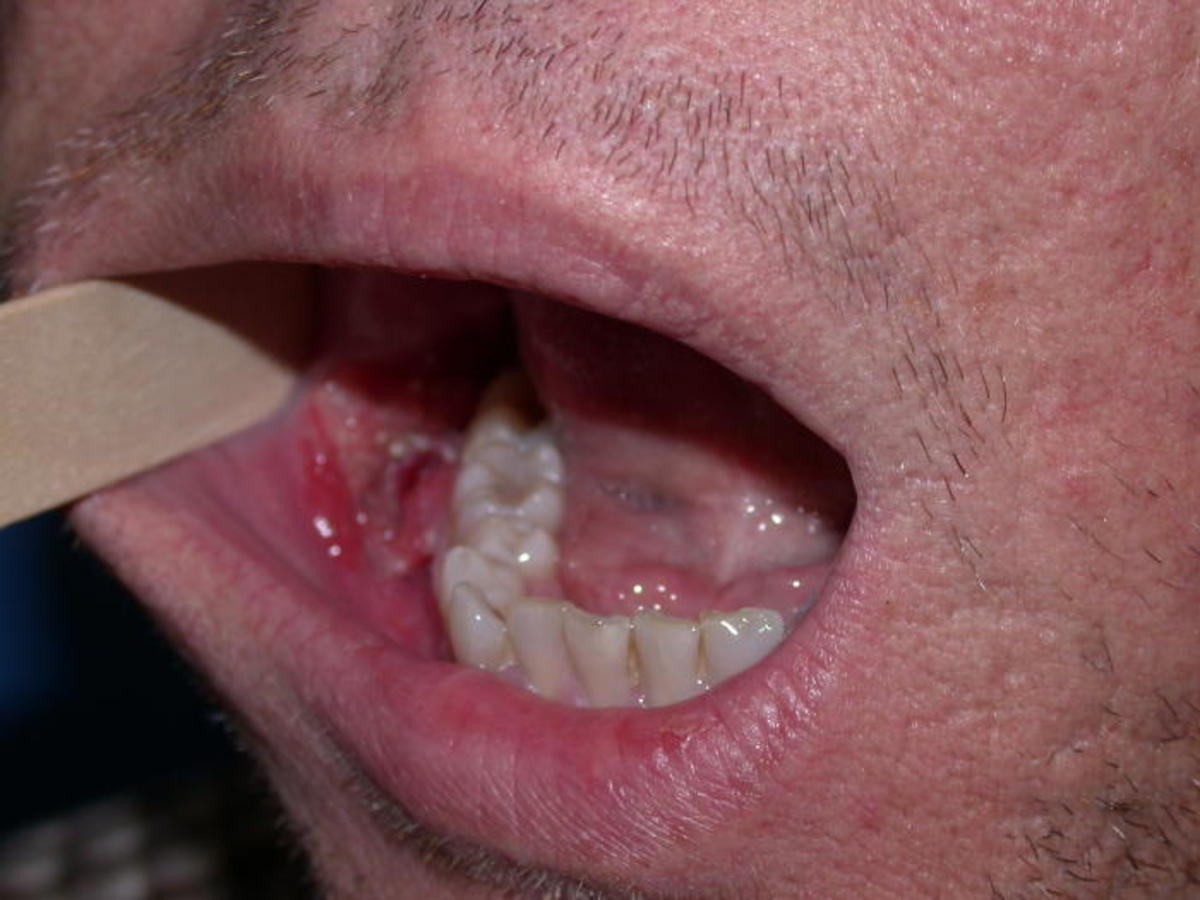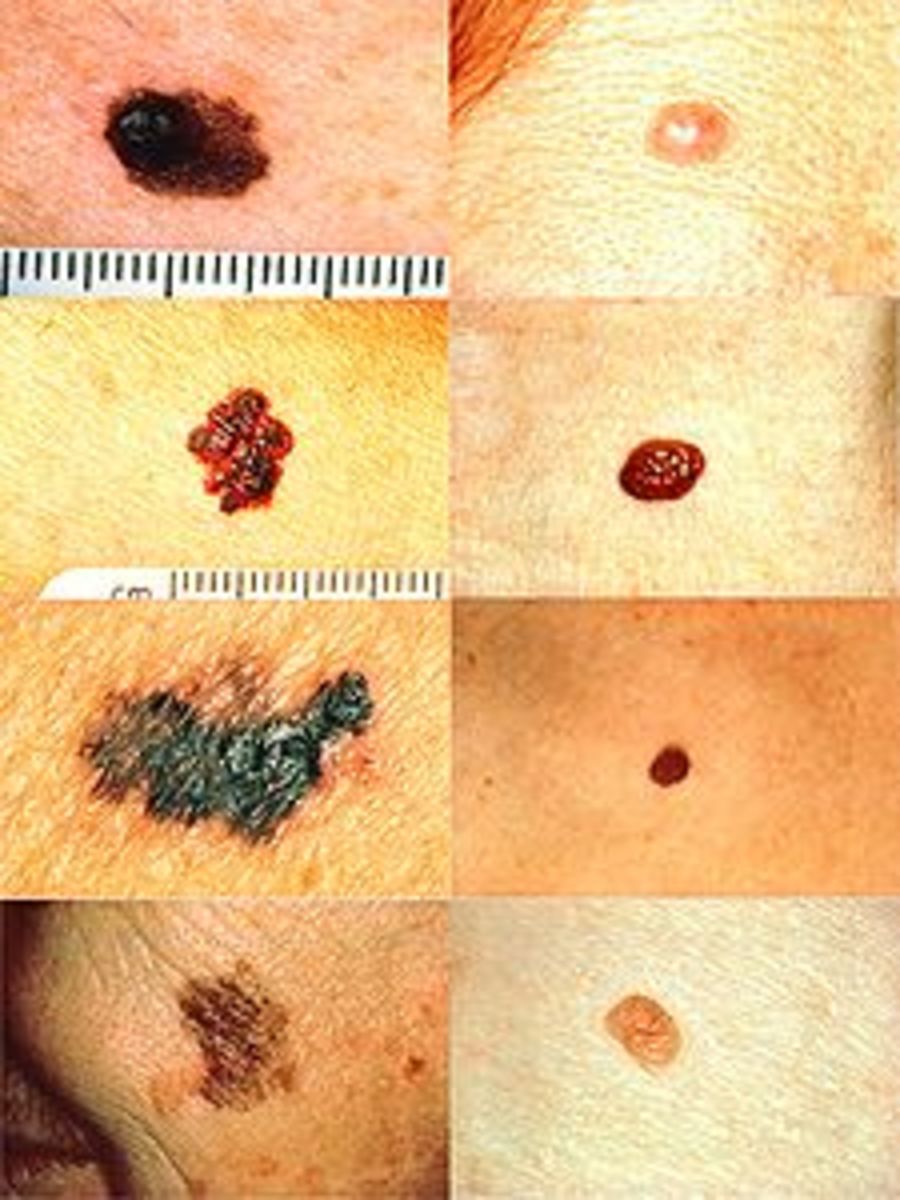Tobacco's Radioactivity - Nicotine Hooks You - Radioactivity Kills You (updated on 30Dec14)
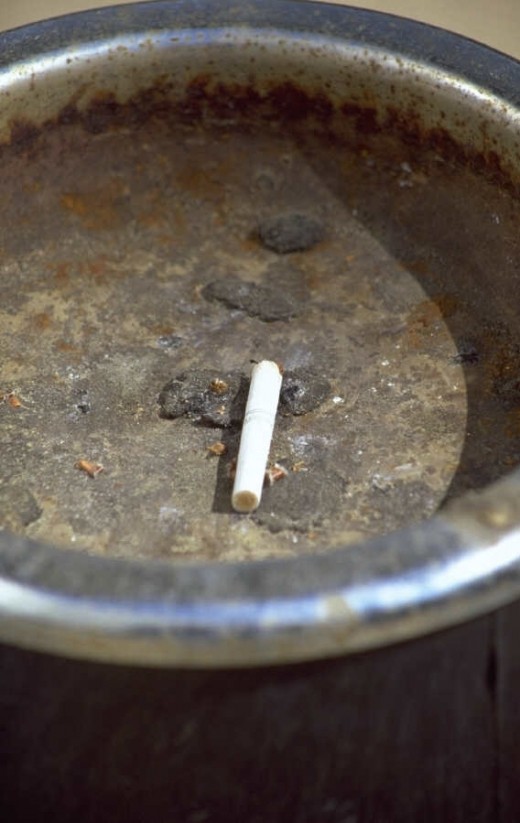
Cancer Risk in Relation to Radioactivity in Tobacco
My reason for "editing" this short article today is to keep it alive here on HubPages - to make it available for those who need its information to help keep them alive, free of debilitating lung disease and many sorts of cancer initiation throughout the body, and to help them assist others in that worthy endeavor.
Use this information as a stepping stone on which to avoid drowning in all of the nicotine nonsense and to learn what it really is in tobacco smoke that makes people become forever debilitated and ill - and after years of pain and struggle to simply breathe, eventually causes death. It only takes a few minutes to read this article. Perhaps it can help you or someone you know avoid years of painful dying.
I wish everyone well on this, the next to the last day before the new year, 2015.
Gus - December 30, 2014
- - - - - - - - - - - - - - - - - - - - -
Mostly nowadays I like to write "Dumb Poems," but today I had visitors who really like to smoke cigarettes. I used to do that myself - rather like some sort of chimney. Back when I smoked cigarettes, they cost me 12 cents or so a pack, so I could smoke lots and lots of them. Although I have not (yet) come down with cancer from all of my smoking, I did come along with what the doc calls "COPD." That particular malady causes the lungs to get really messed up such that breathing gets to be a problem... or rather, not breathing very well gets to be a problem.
Years ago, at the time when most of those who are reading this article today were not yet born, I read a small piece in the local newspaper written by a writer paid by the Associated Press. He or she claimed that a scientist or two had found radioactivity in tobacco smoke. I read that startling bit of unwanted information while puffing away on one of my half-a-cent cigarettes, great big long ones without a filter. I loved 'em. I hated that little article. In fact, it scared the daylights out of me. "Radioactivity in tobacco smoke?" Someone had to be joking.
At that time I was one of the guys working on the NASA "man to the moon" mission - "Project Apollo." It was then 1964. I was in charge of the clinical radioisotope laboratory of the USAF School of Aerospace Medicine in San Antonio, Texas. Our job was to perform multiple physical examinations of two-week duration on the astronaut candidate volunteers. Our radioisotope laboratory had a really super setup, all sorts of up-to-date equipment and personnel with which to perform our many test procedures. So, when I read that little article about tobacco smoke radioactivity (which I did not believe), I said to myself, "Self, you need to check that stuff out to see if those nice scientists were kidding the reporter or if they are all simply plumb crazy."
My big boss thought that my idea was pretty cool, and he encouraged me to check the tobacco deal out in a most scientific and carefully controlled manner. I set up an experiment using volunteers from my co-worker group, and, in accordance with my test protocols. They huffed and puffed cigarette smoke into smoke trapping gadgetry in order that we could check their tobacco smoke for any possible radioactivity. Oh my word! The smoke was "hot." No question about that. Hot with what? I was unsure. However, the radiation counts of my samples were far above what I might have expected.
In one experimental series, the volunteer smokers drew on lighted cigarettes and blew the tobacco smoke into smoke traps without first inhaling the smoke. Those samples provided measurements which, for the sake of description in this hub article, averaged several hundred counts. Next, the volunteers did the same thing using fresh cigarettes, but this time they inhaled the smoke into their lungs before they blew it into smoke traps. Those once-inhaled smoke samples provided less than twenty counts. I suppose that you already know what that caused me to believe.
Anyway, the experiment went on and on, with measurements being made of the gamma radioactivity of unsmoked tobacco, of cigarette ash contamination, of washes of the remainders of cigarettes after they were smoked far down, and so forth. We even checked on how much radioactivity was trapped by built-in filters of some cigarettes (not much at all).
When the experiment was finished, I wrote up the whole deal in a proper fashion in which to submit it to a peer-reviewed journal dealing in matters radiologic. A civilian employee typed the thing out in excellent form, and the computer folks ginned up their computer for me and generated some nifty radioactivity graphs. I got clearance from my Air Force bosses to send the research paper on in. The journal sent it out to their reviewers who, to a person, broke up laughing (so I was told). They thought the whole thing was quite preposterous. Thus, the journal sent it back to me and advised me to relax, have a cup of coffee and a cigarette in the event that their refusal had ticked me off. That was in 1965.
I was quite young then, at least compared to what I am today, but even so, I vowed that I would see my work in their journal before I shuffled off of the earth. From that moment on I saved a copy of every article or piece of information I came across that dealt with tobacco's radioactivity. Truly, I did not accumulate very much.
Along came the early 1990s. I had fun employment doing mobile clinical radiography with a company local to Houston, Texas. Our work hours were a bit unusual. Most of our X-ray calls were in the afternoons, pretty much leaving my mornings free. I got into the habit of working the journal stacks at the fine library at Rice University. (They were very kind to let me do that!) Going through journal after journal, I began to accumulate tons of information about tobacco's radioactivity and its effects on smokers and on non-smokers who happened to be close by. Have you ever read stuff that really caused your ears to flap and the hair on the back of your neck to stand up? That's the way it went for me at the Rice University library.
So, there it was about 30 years after my radiology peers broke up laughing at the thought of tobacco smoke containing significant radioactivity, when out came another article, this time from my own computer. This time, too, I had a friend who was truly world famous in the field of nuclear medicine. I sweet-talked him into reviewing my new article. He made some suggestions to me to improve its readability, and then he told me, "Gus, there were things in that paper that I never knew about before - thanks."
I sent it to the journal that had turned me down 30 years before. They accepted and published it. An abstract of the paper is on the National Institutes of Health's "PubMed" site at www.ncbi.nlm.nih.gov/pubmed/8850254 .
What really tickles me is to see that many researchers and the like who, today, are really into the subject of tobacco's radioactivity, use the paper published under my name in 1996 as a reference within their own papers. I kid you not - every language in the world seems to be represented among them, most of which I cannot understand. That's really nice, but, when I consider the whole situation, I have to believe that, had I not watched my volunteers huffing and puffing away as they did, I, too, might have laughed at my own first paper. In fact, I'd bet a penny or two today that many who read this hub article or the link articles given above will shake their heads, roll their eyes, and mutter, "This guy is nuts!"
One of the really startling things I learned from all of the scientific and medical literature I studied, literature written in languages I could understand, was that if a person smokes a pack and a half or so of American cigarettes daily for twenty five years or more, that person will constantly receive the equivalent amount of radiation comparable to the exposure received from one chest X-ray each day from then on, even if they quit smoking. Something to think about, is that not?
It was great good fun to write this hub article. I hope that it helps many readers, even those who think I'm nuts..

